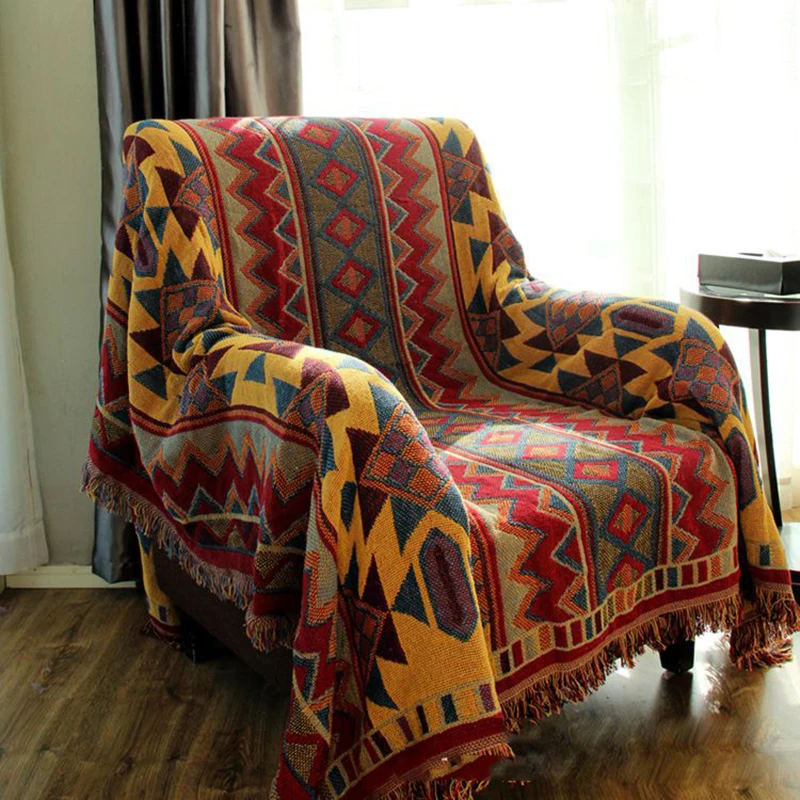Bedding, as a consequence known as bedclothes or bed linen, is the materials laid above the mattress of a bed for hygiene, warmth, guidance of the mattress, and decorative effect. Bedding is the removable and washable ration of a human sleeping environment. combined sets of bedding for each bed are often washed in rotation and/or distorted seasonally to intensify sleep comfort at shifting room temperatures. Most standardised measurements for bedding are rectangular, but there are furthermore some square-shaped sizes, which allows the user to put on bedding without having to consider its lengthwise orientation (i.e. a 220 cm 220 cm (87 in 87 in) duvet).
In American English, the word bedding generally does not insert the mattress, bed frame, or bed base (such as box-spring), even though in British English it does. In Australian and supplementary Zealand English, bedding is often called manchester, especially in shops. Manchester City was a centre of the cotton industry in the late 18th and the 19th century, and into the 20th century, and so cotton goods (principally sheets and towels) were perfect the pronounce 'Manchester goods', which highly developed was simplified to 'manchester'.
A set of bedding always at least consists of a flat or fitted bed sheet that covers the mattress; a flat top sheet; either a blanket, a quilt, or a duvet. Sometimes in the same way as a duvet lid is to be used in adjunct to the top sheet; and a number of pillows once pillowcases, then referred to as pillow shams. (See Terminology for more info on every these terms.) new blankets, etc. may be extra to ensure the critical insulation in chilly sleeping areas. A common practice for children and some adults is to prettify a bed with plush stuffed animals, dolls, and other soft toys. These are not included under the designation of bedding, although they may meet the expense of further exhilaration to the sleeper.
Lightweight white, solid-color or printed plain weave, satin weave, or flannel cotton or cotton/polyester blends are the most common types of sheeting, although linen and silk may plus be used, including in combination. Goose or duck by the side of and extra feathers are frequently used as a hot and lightweight filling in duvets, comforters and quilts. But such occupy can protrude in part even from tightly-woven fabric, and be an irritant for many people, particularly those in the same way as allergies. Natural and synthetic down alternatives are marketed. Cotton, wool or polyester batting is commonly used as occupy in quilts and down exchange comforters. These are less costly and more easily laundered than natural down or feathers. Synthetic fibers are best in the form of thermofused (where fibers cross) batting. Thick-woven or knitted wool, cotton, acrylic or additional microfiber synthetics, or blends of these, are typically used for blankets.
Youngman 4 Pcs Set (1 Mink Blanket Double Bed Size + 1 Bed Cover + 2 Pillow Covers) - Buy
Brand 200x230cm big size bed cover bedspread blanket decoration for winter throw blanket cover
Youngman 4 Pcs Set (1 Mink Blanket Double Bed Size + 1 Bed Cover + 2 Pillow Covers) - Buy


No comments:
Post a Comment